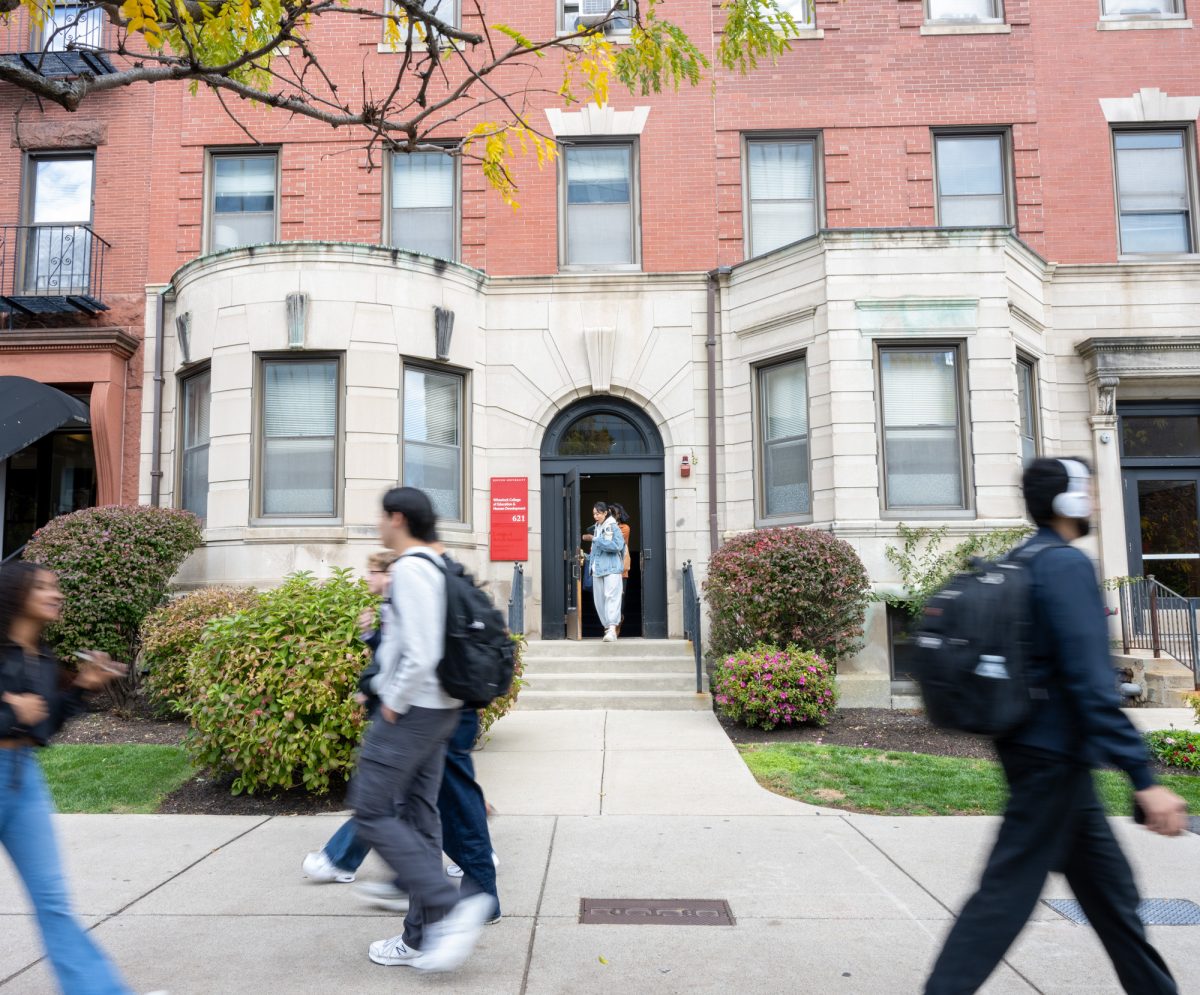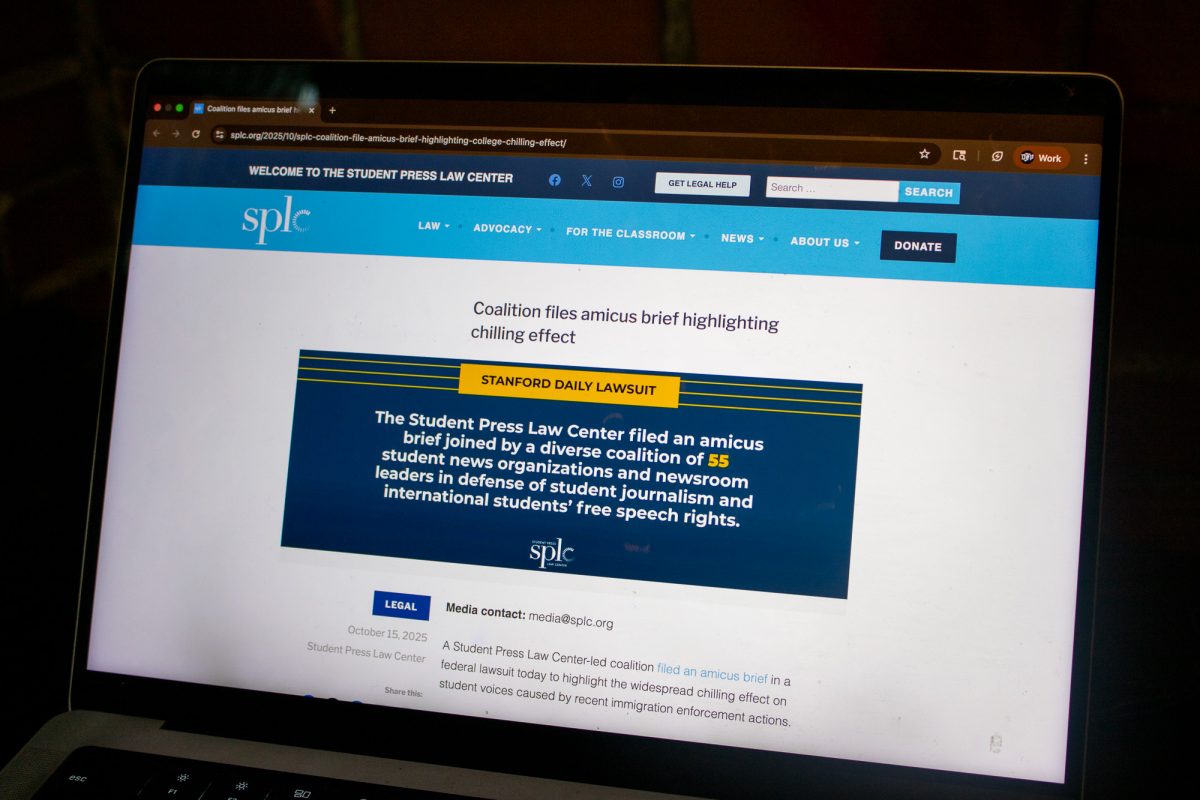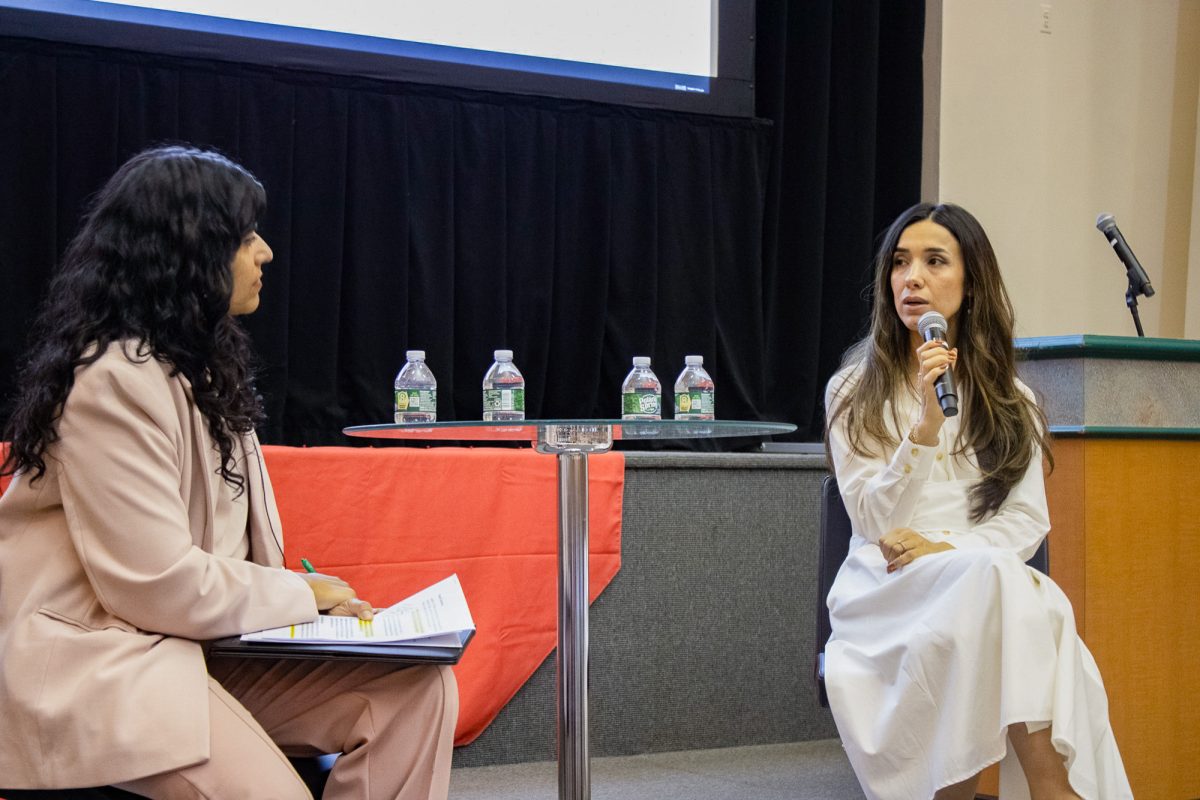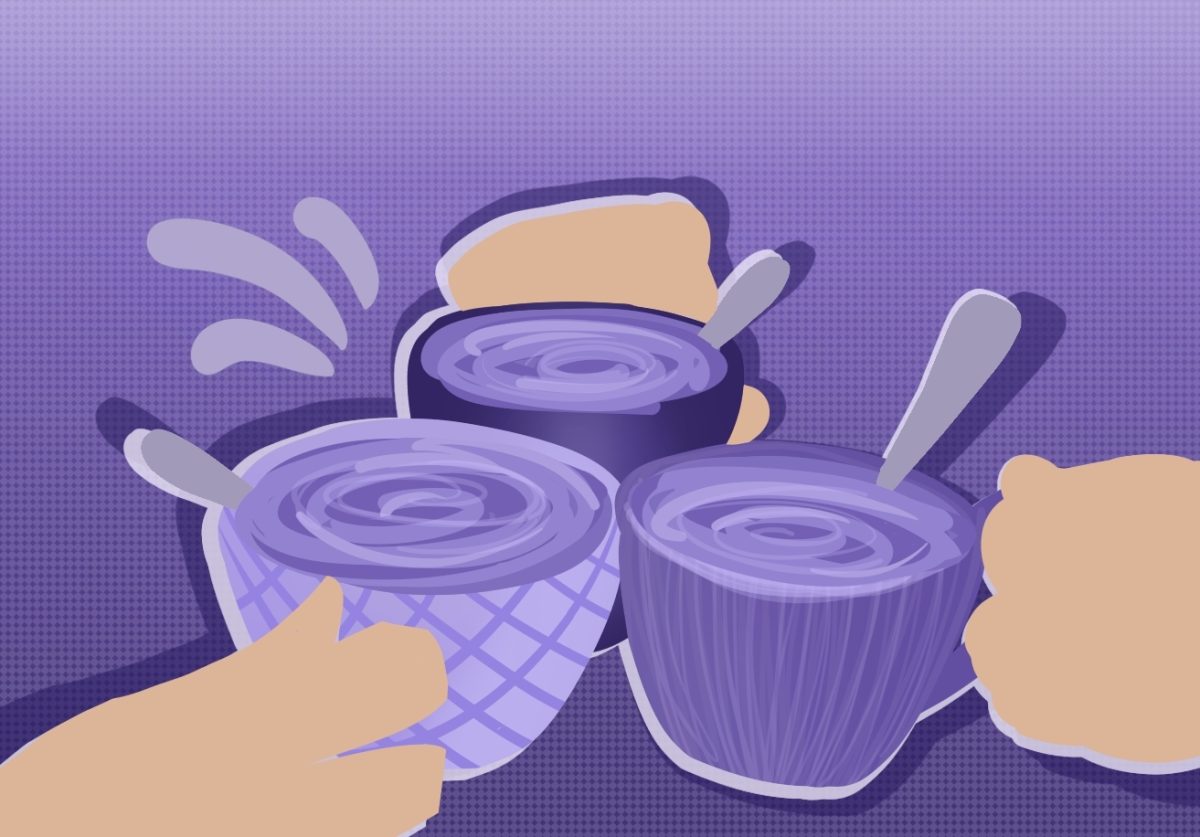Exercise just may be the key to cure cancer, or at least one step toward getting there.
In a new study published in the Journal of Physical Activity and Health, researchers discovered that physical activity significantly increases the life span of cancer survivors, specifically in men, according to a Thursday press release.
Kathleen Y. Wolin, the Loyola University-Chicago Stritch School of Medicine professor who co-authored the study, said past evidence of the effects of physical activity on cancer survivors encouraged researchers to explore the relationship further.
“We’ve had an emerging pool of evidence that’s come out over the last few years on the benefits of physical activity for cancer survivors, and so we wanted to see whether we saw that same effect in this population of men,” she said.
In the study, 1,021 men diagnosed with cancer were given a survey at certain time periods in which they reported their daily physical activities such as walking, climbing stairs and sports and recreational activities. The patients are all part of the ongoing Harvard Alumni Health Study that examines men who entered Harvard University as undergraduates between 1916-1950.
“We use that [survey] to estimate their sort of weekly energy expenditure,” Wolin said. “We didn’t look at specific types of activity-we looked at their amount of physical activity overall.”
The study did not seek patients with a specific type of disease, but rather any who were diagnosed with some form of cancer, Wolin said. Researchers were then able to compare the effects of physical activity levels among the men, who had an average age of 71.
“We were able to collect the data on cancer diagnoses among these men … [and] we were able to look at their physical activity levels after cancer diagnosis,” she said. “Then the study looked at the death records for these men … and so we were able to look at the physical activity levels of the men after their cancer diagnosis and compare their different causes of death.”
However, Wolin said a slight setback in the study was not having access to physical activity levels before cancer diagnoses for comparison.
“We didn’t have their pre-diagnosis physical activity, so we couldn’t look at change from pre- to post-diagnosis and we didn’t have a lot of detail on the kinds of treatment that the men received,” she said.
Researchers found that men who expended more than 12,600 kilojoules per week were 48 percent less likely to die of any cause after diagnosis than men who expended fewer than 2,100 kilojoules per week, according to the study.
“When we compared the men who were the most active to the men who were less active, we see about half the risk of all causes of death in those men … I would say the most compelling number is probably about half risk of death,” Wolin said. “… The take-home message is that physical activity after a cancer diagnosis can help improve survival.”
Where does this take us, though?
Wolin sees this area of research as an important step toward improving the life of cancer survivors.
“It’s part of a growing literature that’s looking at lifestyle changes that cancer patients can make after diagnosis to improve the quality and quantity of their life,” she said. “… It shows that making changes after a diagnosis has a number of benefits for cancer patients.”
She mentioned other similar studies that find exercise to have several other benefits for cancer patients.
“There’s also evidence, not in this study, but in other studies, that exercise can help with managing symptoms and side effects of new treatments, reduce risk of reoccurrence and reduce risk of other chronic diseases like diabetes and heart disease,” she said.
In terms of the future for cancer survivors, Wolin said she sees physical activity as a worthwhile investment.
“The sort of way I describe it is that for something like physical activity, you’re getting a lot of bang for your buck,” she said. “So engaging in physical activity is improving your quality of life, it’s improving your quantity of life, with far fewer side effects than we associate with drugs, but we’re getting similar magnitudes of benefit.”




















































































































